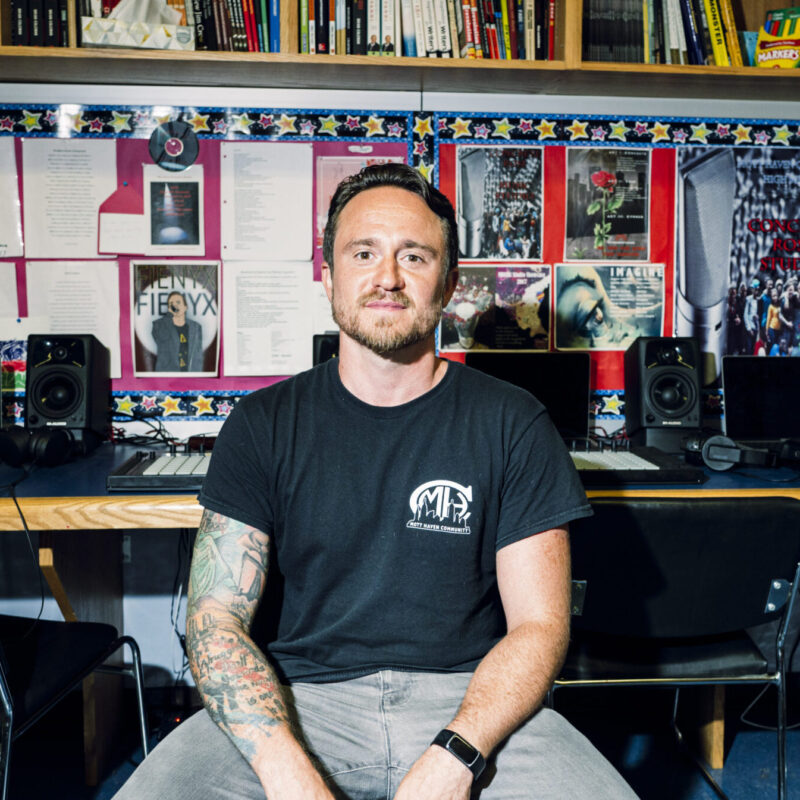Developmental Trauma at the 34th Annual International Trauma Conference
The Vietnam War was like the “Big Bang” that spawned what we now know as the trauma field. Before that, we had a few pioneering 19th Century groundbreakers like Pierre Janet, who studied traumatic memory and dissociation, but their work did not significantly penetrate standard psychotherapy training and practice. Returning Vietnam veterans with dramatic and seemingly intractable symptoms finally commanded long overdue attention to a vast body of life-changing events and their aftermath.
Trauma was defined as an “overwhelming experience,” that is a stimulus greater than what the otherwise healthy organism was designed to process in its customary way. At that time, the most glaring categories of trauma were crashing, overt violent events, of which war trauma was the prototype. In subsequent years, other varieties of violence crowded into a growing category: car accidents, domestic violence, rape, incest, and other types of sexual assault, physical abuse, bullying… The sobering list grew as we increasingly faced the amount and extent of trauma daily transpiring in our crazy world, as did the imperative to find effective treatments. Initially, we did not recognize the unique damage of interpersonal trauma and, most especially, inter-familial or trauma unleashed in intimate relationships.
EMDR, which appeared in 1997, introduced the notion of “small t” trauma. “Big T,” the loud, crashing kind was viewed as the more “serious,” damaging, compelling variety, while “small t,” the more covert, perhaps less physical variety. Even the designations “Big” and “small” seemed rather value-laden. It took a few more years before we evolved the body of knowledge known as “Developmental Trauma.” The attachment researchers, and the body psychotherapy pioneers who developed character typologies and their corresponding body shapes, well understood both the overwhelming or traumatic nature of early life and relational experience that did or did not happen, but they were still rather “fringy.” A gradual understanding of what we now know as “Developmental Trauma” has stubbornly emerged over the last 30 or so years. I say stubbornly because even now Developmental Trauma continues to be viewed as a “stepchild,” or less compelling area of research and treatment, eclipsed by the more showy or dramatic “shock” or “incident” categories. Even less commanding of attention, has been the vast category of “missing” developmental experiences, failures, or absences of essential care at critical developmental times.
Attachment, as we now know, is a human survival need for many developmental years. Neuroscience underscores the growing evidence that insecure, distorted, and absent attachments make for all manner of emotional, somatic, psychological, behavioral, and even spiritual irregularities and dysregulation. The symptoms and “pathologies” join the larger category of traumatic stress to fatten the already bulging DSM. And yet the psychology and pharmaceutical mainstream, for whatever unknown reason, has refused to dignify and legitimize Developmental Trauma with its own recognizable and reimbursable diagnostic codes- not for lack of effort on the part of its heroic champions and researchers. I have been studying the quiet and largely invisible population of childhood neglect survivors, tragically long ignored not only by their original caregivers but by the larger world, including most of the psychology field. The greatest injury of trauma, and developmental trauma perhaps even more so, is in the crucial realm of relationships. Loneliness, relationship suffering, and difficulties are what bring so many clients to my door and most other therapists as well.
Some of the most exquisite portrayals of the crippling and devastating impact of distorted, missing, and confused primary attachments can be found in works of fiction. One of my favorite books of all time is Ta-Nehisi Coates’ 2019 treasure, The Water Dancer, the story of a young man, the son of a plantation slaveholder in the American South, and a presumably raped young woman slave. The protagonist’s mother is subsequently sold when he is an infant, so he grows up a motherless, mixed-race boy with a confusing and erratic relationship with his father and an unclear, shape-shifting caste as to whether or not he is a slave. His trauma is complex, as it combines every imaginable question of identity as well as a bitter and violent quest for freedom. But clearly, what is most devastating and disabling, haunting, and unrelenting, is the mystery and the search surrounding his mother. It underscores the profound and undeniable formative power of the mother and primary attachments.
Ironically another book that sheds light on the profound traumatic nature of early development is the recent book Dust Child by Que Mai Phan Nguyen, ironically because it is set in Vietnam. Instead of spotlighting the well-documented atrocities and overt violence of that terrible war, it focuses on the various configurations of attachment and identity trauma: young soldiers driven by loneliness and terror to partner with impoverished young Vietnamese sex workers who have children that they do or do not know about, racked with pain, guilt, and loss, some searching for their never-known offspring; some young “Amerasian” orphans of American GI’s and their Vietnamese “girlfriends,” many of whom are starving and desirous of a “better life,” in the US if they are able to orchestrate a way to get there. The trauma of identity, rootlessness, and lonely searching is as dysregulating as any overt, violent experience.
Thanks to our tireless developmental trauma leaders, the brigade of indefatigable researchers who soldier on. The Trauma Conference continues to do its part to put Developmental Trauma on the clinical map. It behooves us all to study Developmental Trauma and learn its effective treatments. Thanks again, Bessel, for all you do!



